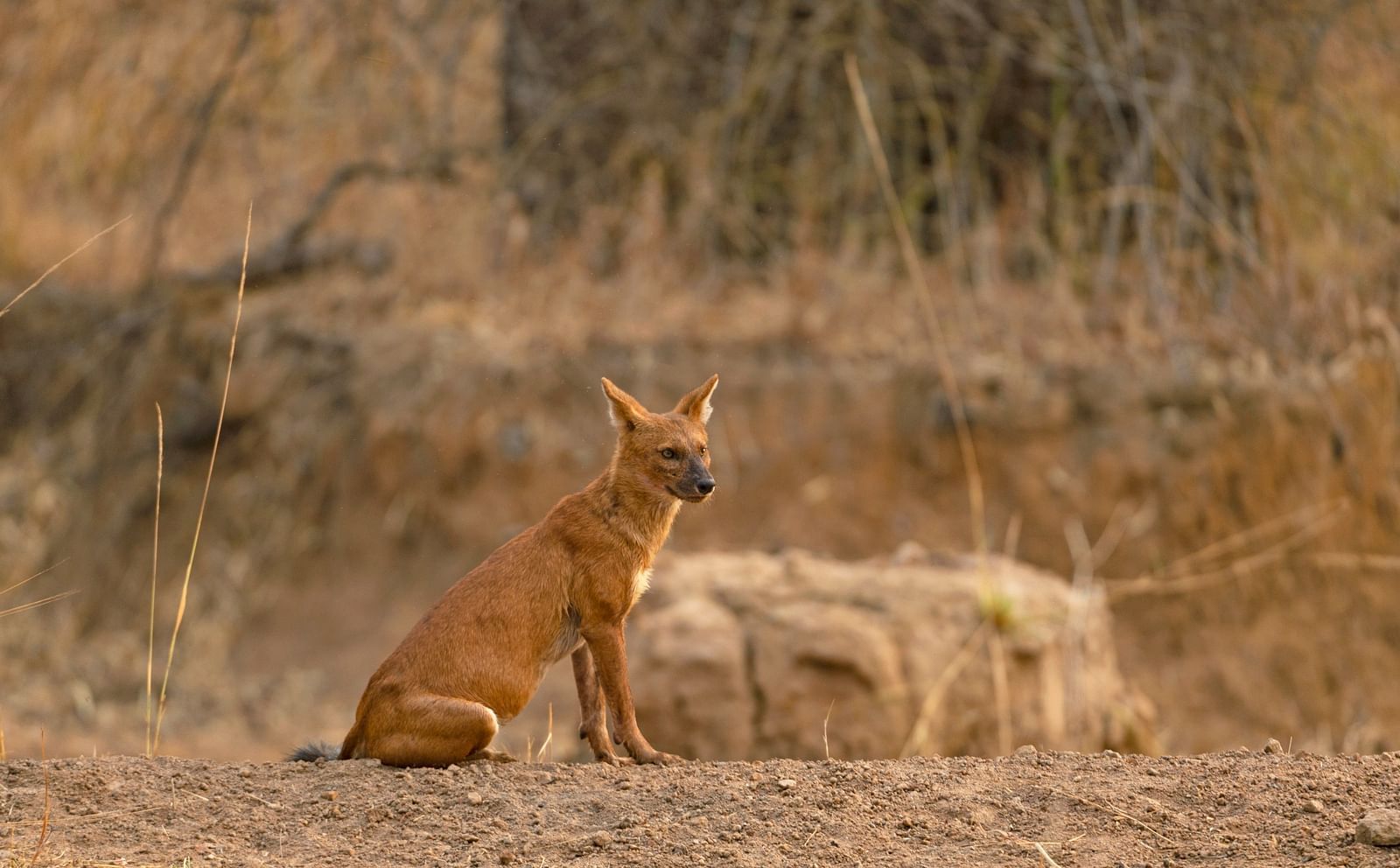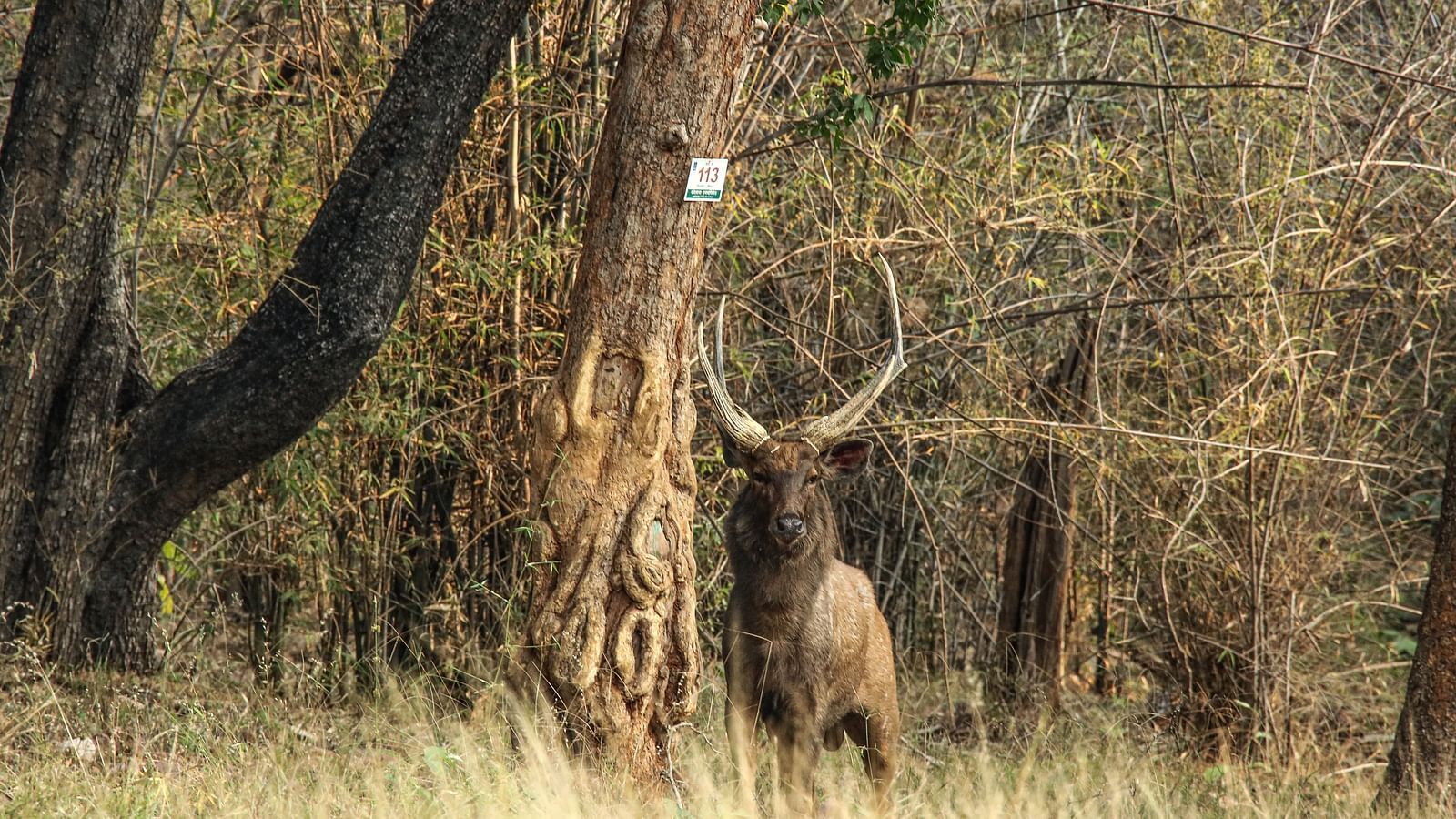Home > Trees N Tigers, Tadoba > Wild Tales Unveiled > History of Tadoba National Park
- The Reigning Tigers of Tadoba
- Tadoba’s Former Tiger Royals
- Exploring Tadoba: A Guide to the Best Safari Gates
- Tadoba Jungle Safari 101
- Tadoba vs Pench
- Zones in Tadoba
- Tiger Sightings in Tadoba
- Tiger Conservation in India
- Animals in Tadoba
- Nagpur to Tadoba
- Tadoba Lake
- Tourist Attractions in Tadoba
- Trip to Tadoba
- Mumbai to Tadoba Andhari Tiger Reserve
- Birds of Tadoba
- Authentic Maharashtrian Food
- History of Tadoba National Park
- Tadoba in Monsoon
- National Parks in Maharashtra
- Best Time to Visit Tadoba
- Tigers in Tadoba
- Tadoba National Park and Andhari Tiger Reserve
- How to Reach Tadoba National Park
- Stripes & Tales “Witnessing the Unforgettable Tiger Hunt"

Unveiling the Rich Tapestry: A Look Back at the History of Tadoba National Park
Nestled amidst the lush greenery of Maharashtra, Tadoba National Park is a haven for wildlife enthusiasts. But this park's story goes beyond its diverse ecosystem. Unveiling its history reveals a fascinating journey of conservation efforts, tribal connections, and the ever-evolving relationship between humans and nature. So, buckle up as we delve into the rich history of Tadoba National Park's past.
Early Inhabitants and the Legend of Taru (1000 BC to 1879 AD)
The region encompassing Tadoba was likely inhabited by various indigenous tribal communities for centuries. Evidence suggests the Gond and Kolam tribes thrived in these forests, living in harmony with the abundant wildlife. Legend speaks of Taru, a village chief who had a mythical encounter with a tiger. Following his demise, the local Adivasi community deified Taru, building a shrine dedicated to him near Tadoba Lake, a place of reverence still frequented today.
Colonial Exploitation and the Seeds of Conservation (1879 to 1935)
The arrival of British colonial rule in the 19th century marked a turning point. The once-protected forests became a target for resource extraction. The declaration of Tadoba as a "Reserved Forest" in 1879 aimed to regulate timber extraction, but hunting remained largely unchecked. The year 1905 saw the first glimmer of change with a ban on tiger shooting except with "special permits". Restrictions on hunting all animals followed in 1931, signifying a gradual shift towards conservation efforts.
Transformation into a Sanctuary: Protecting the Endangered (1935 to 1995)
The Tadoba region was declared a wildlife sanctuary in 1935 after recognising the ecological importance and the dwindling numbers of tigers. This move aimed to safeguard endangered species, including the Royal Bengal Tiger. Initially named the Tadoba Sanctuary, it marked a significant step towards prioritising wildlife protection. Despite these measures, illegal hunting continued to pose a threat. The turning point came in 1955 with the creation of the Tadoba National Park, which was created to conserve the wildlife in the area. In 1995, it was merged with the nearby Andhari Wildlife Sanctuary to form the Tadoba Andhari Tiger Reserve, solidifying its position as a crucial wildlife conservation zone.
Modern Conservation Efforts and Challenges (1995 to Present)
The formation of the Tadoba Andhari Tiger Reserve ushered in a new era of conservation efforts. Anti-poaching patrols were intensified, habitat management programs implemented, and initiatives were undertaken to educate local communities about the importance of wildlife conservation. These efforts have yielded positive results, with tiger populations showing a steady increase.
Challenges like human-wildlife conflict, habitat degradation due to surrounding development, and the ever-present threat of poaching continue to be concerns. Despite these hurdles, Tadoba National Park's history serves as a testament to the evolving relationship between humans and nature. With continued conservation efforts, this magnificent park can continue to be a haven for wildlife and a source of inspiration for future generations.
Experience luxury in the heart of Tadoba-Andhari Tiger Reserve at Trees N Tigers, an exquisite tented lodge. Just 2 hours from Nagpur and 3.5 hours from Mumbai, it is the perfect nature retreat for travellers. Enjoy Safari Tents and Family Suites with private plunge pools, complemented by exciting activities and romantic dinners. Book your stay today and make unforgettable memories amidst nature’s splendour.









